The best gift I received last Christmas was an annual membership to the Isabella Stewart Gardner Museum in Boston.
My husband purchased it, then the museum promptly closed for COVID wave number two. Like everyone, I had to wait.
But the day the museum reopened, February 2021, I was there, crunching through the falling snow from my sneaky free parking spot nearby, into the respite and silence and stunning surprise of the covered palace courtyard—stunning every time, no matter how many times you visit.

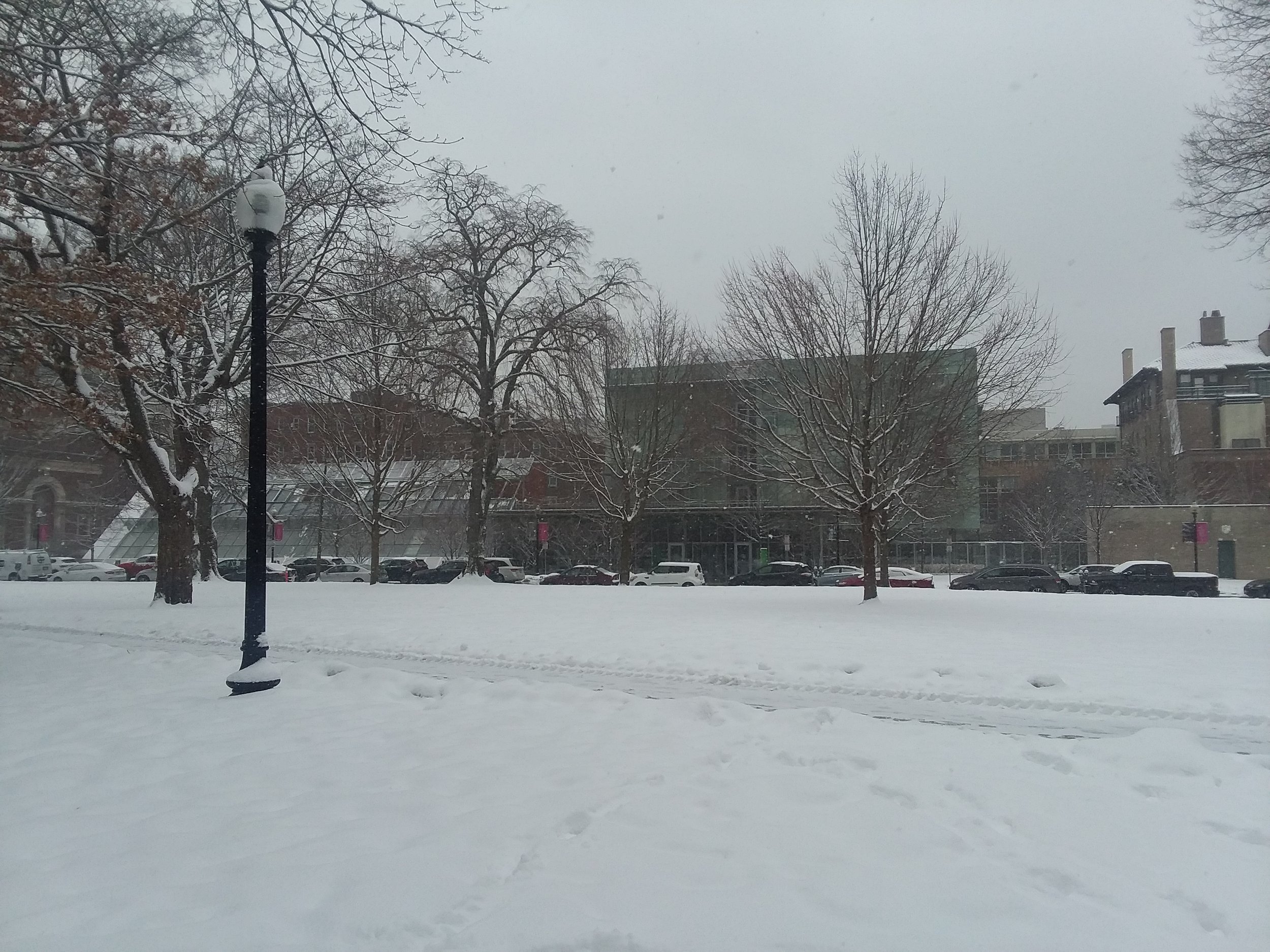

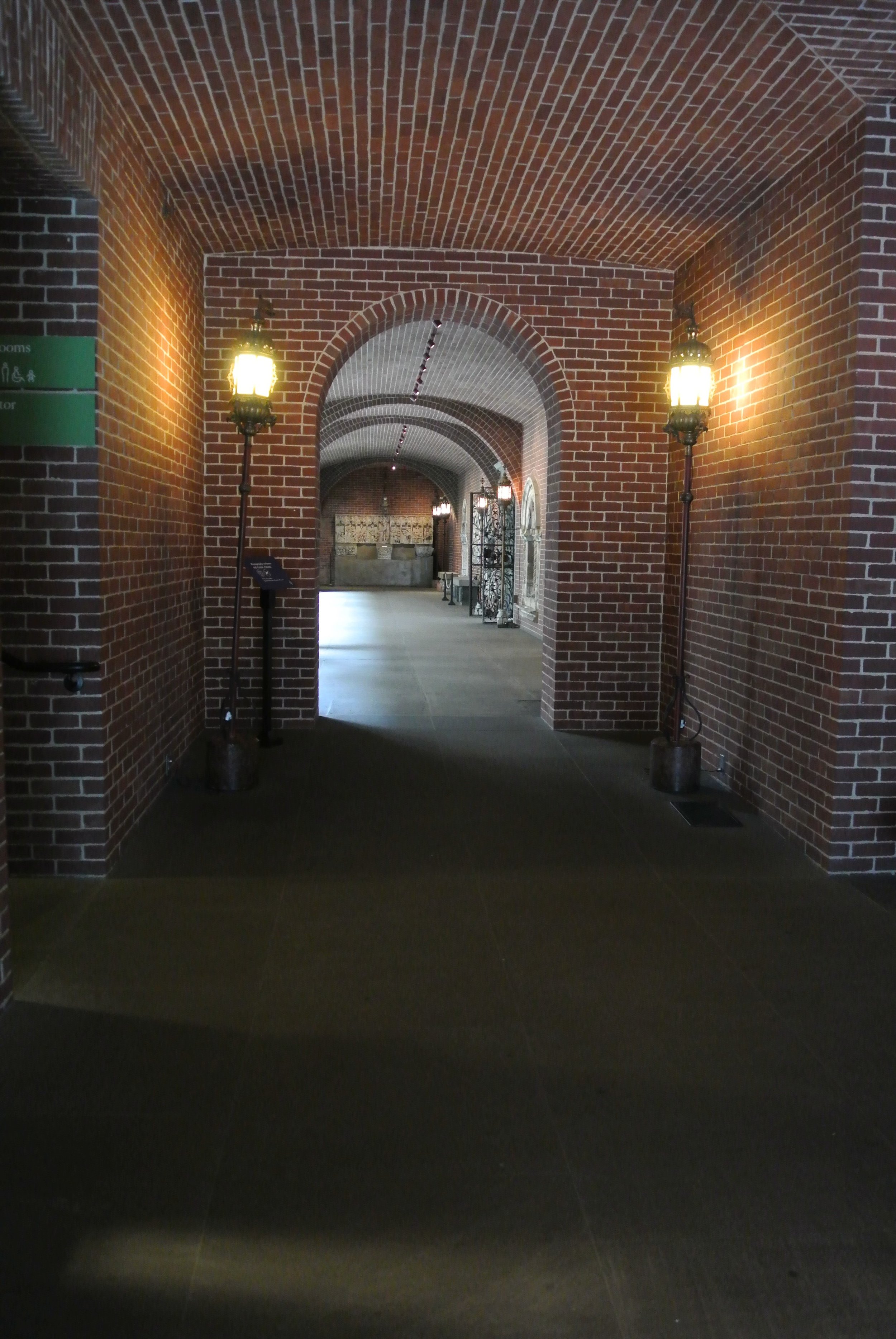
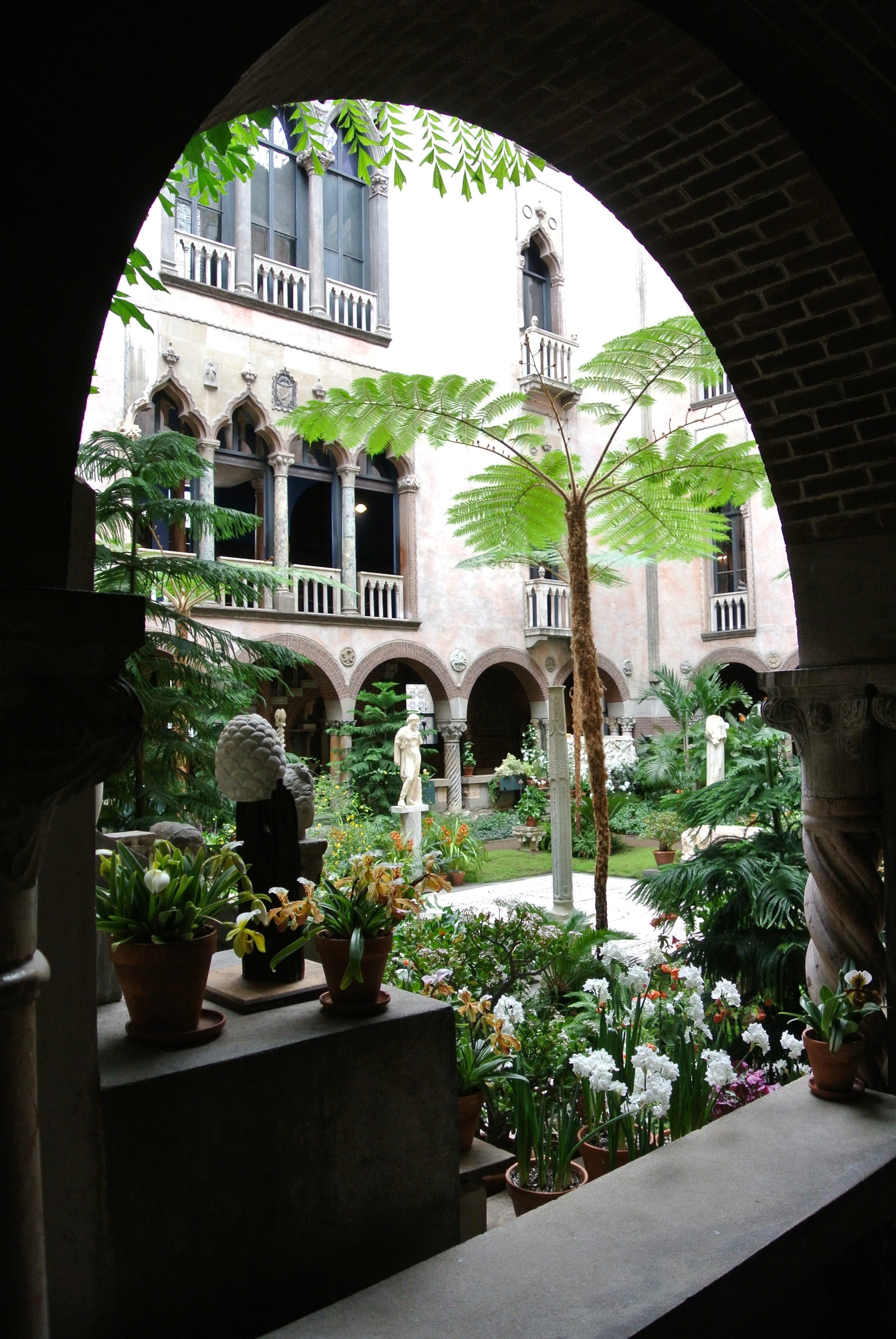
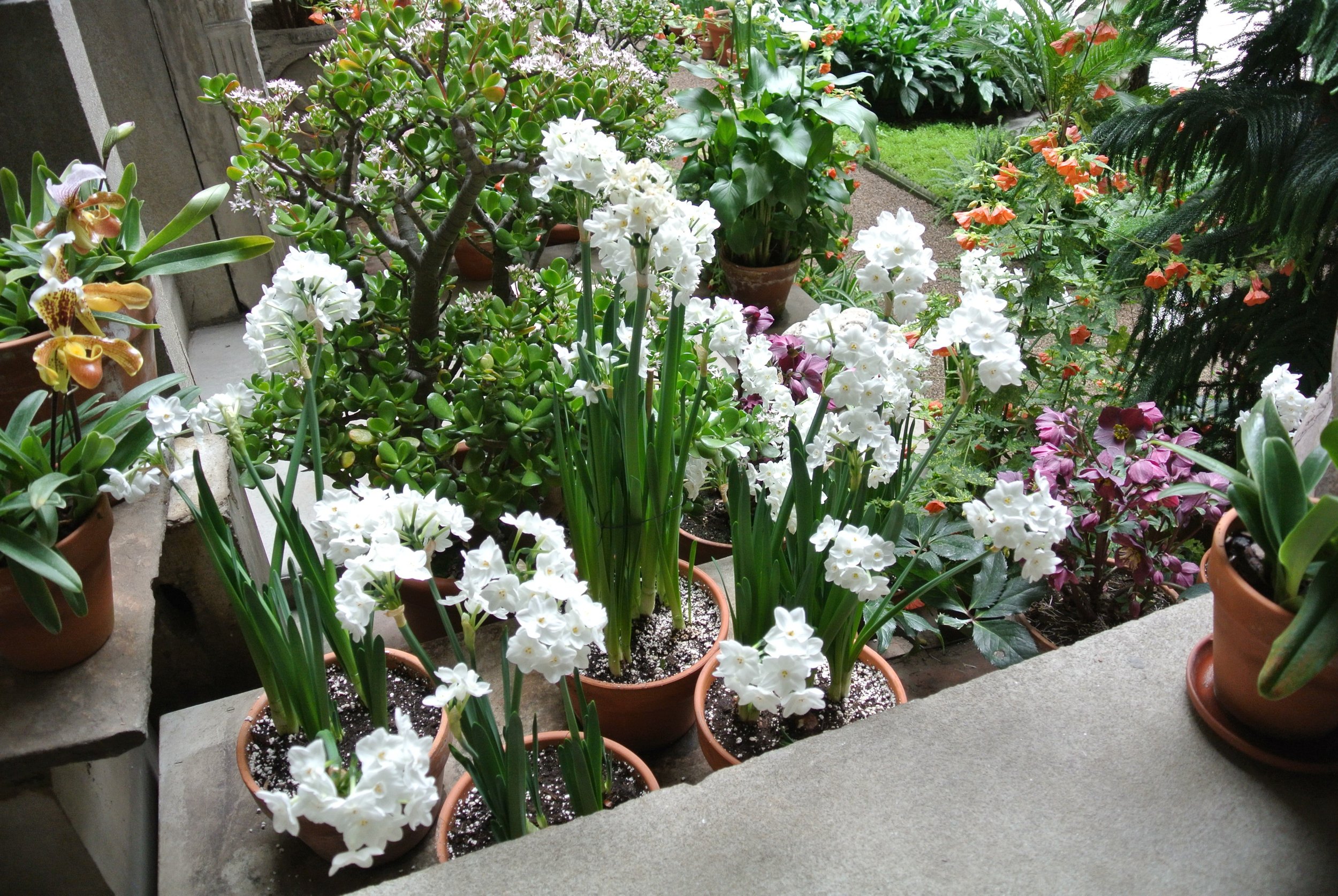

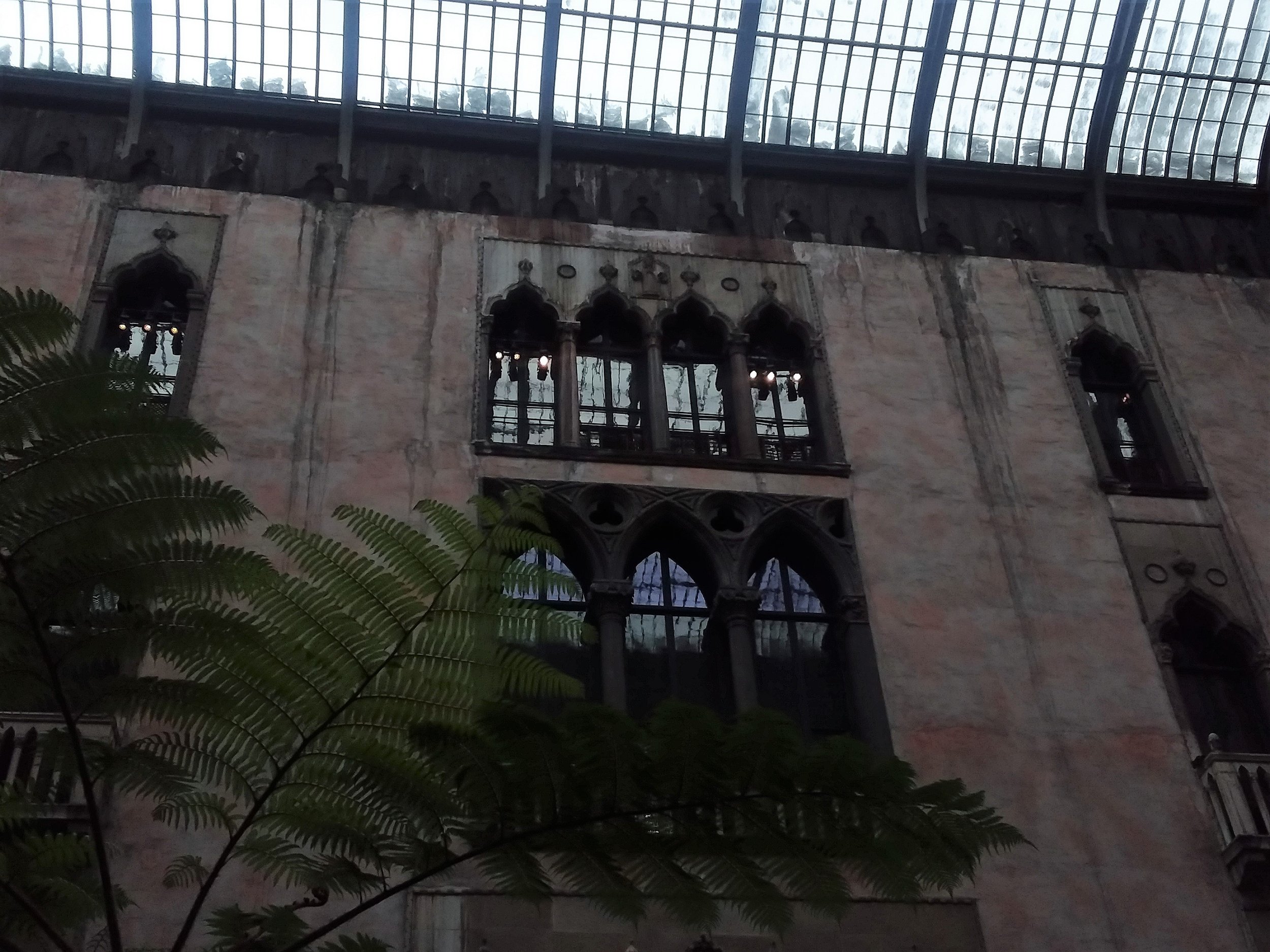
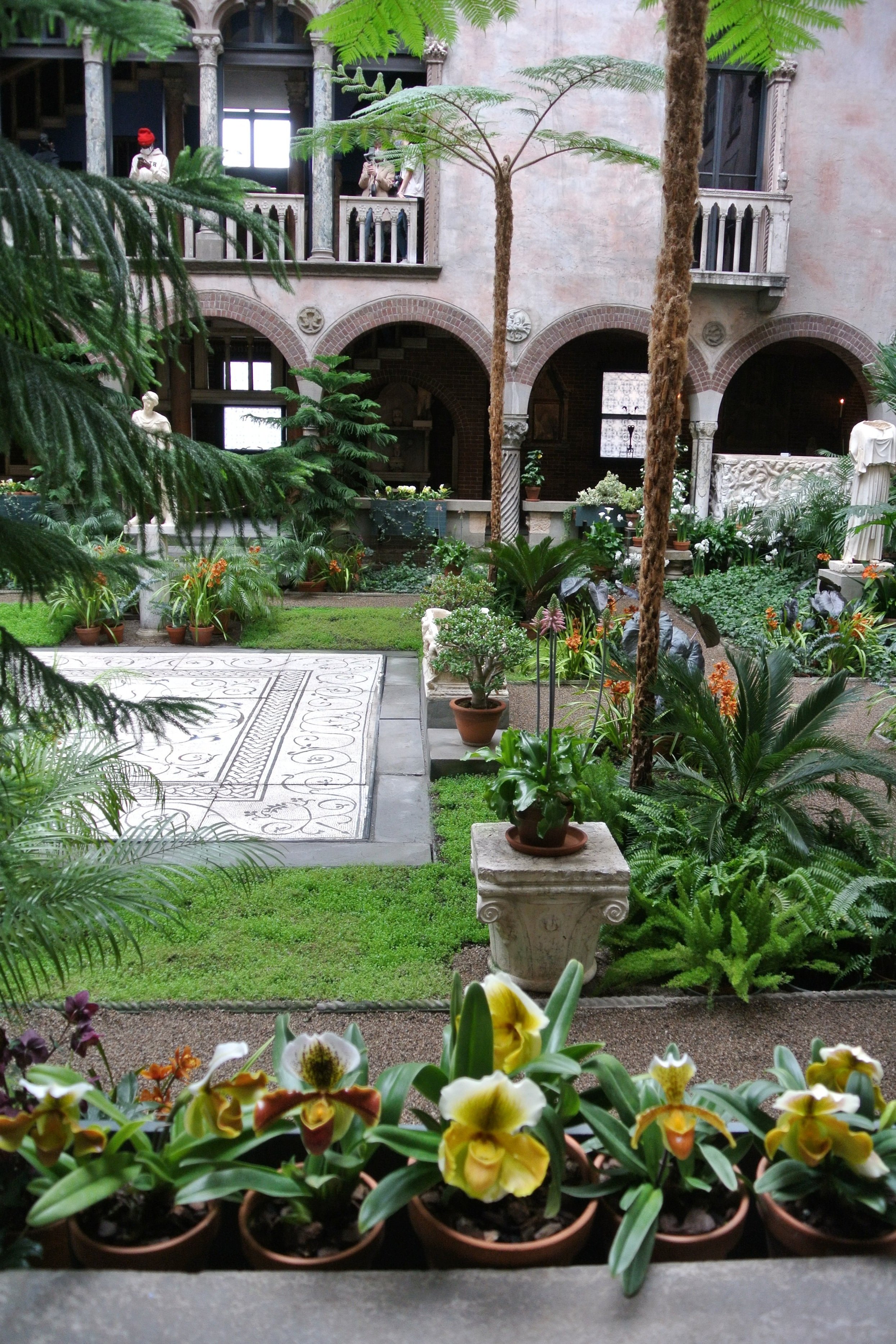
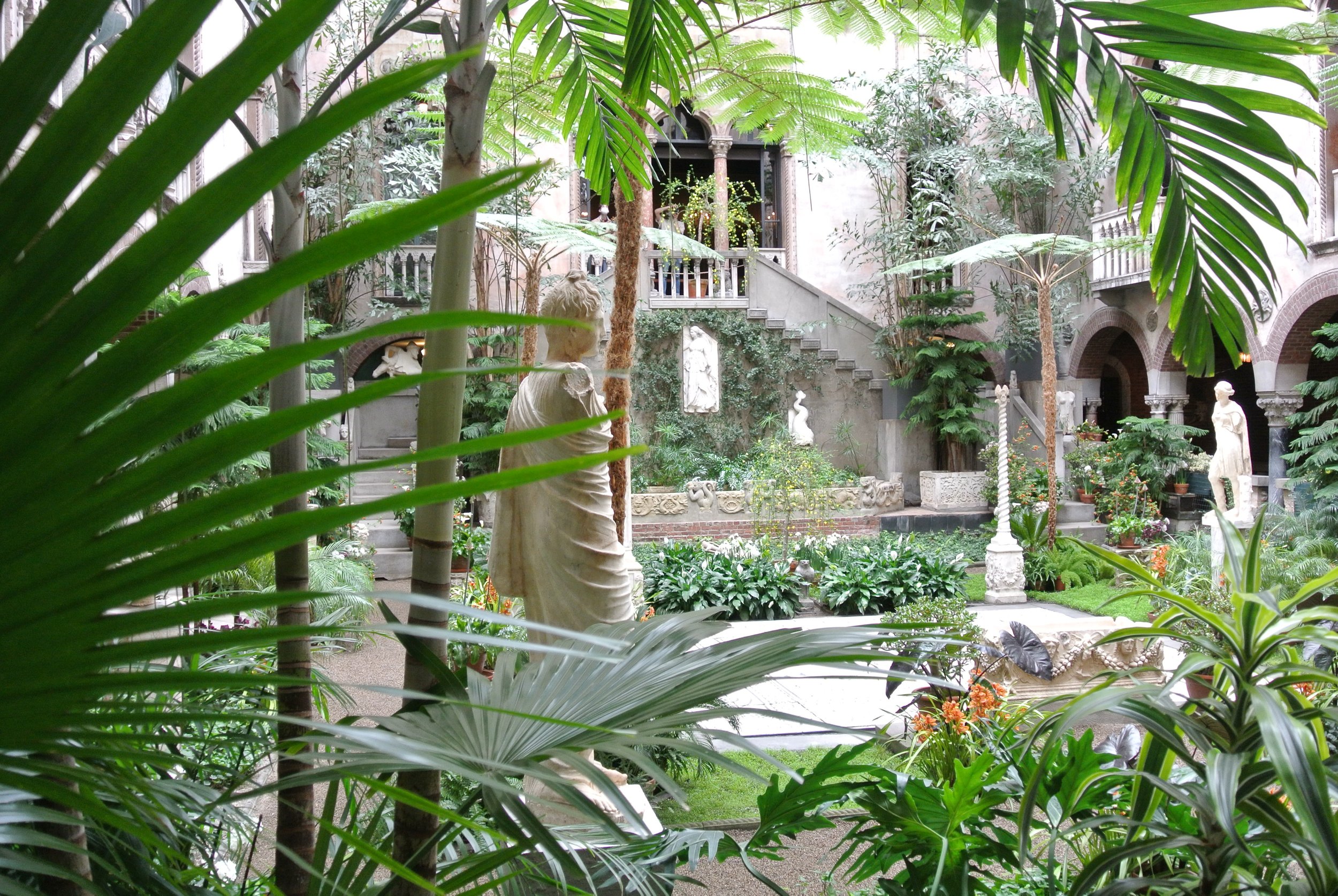
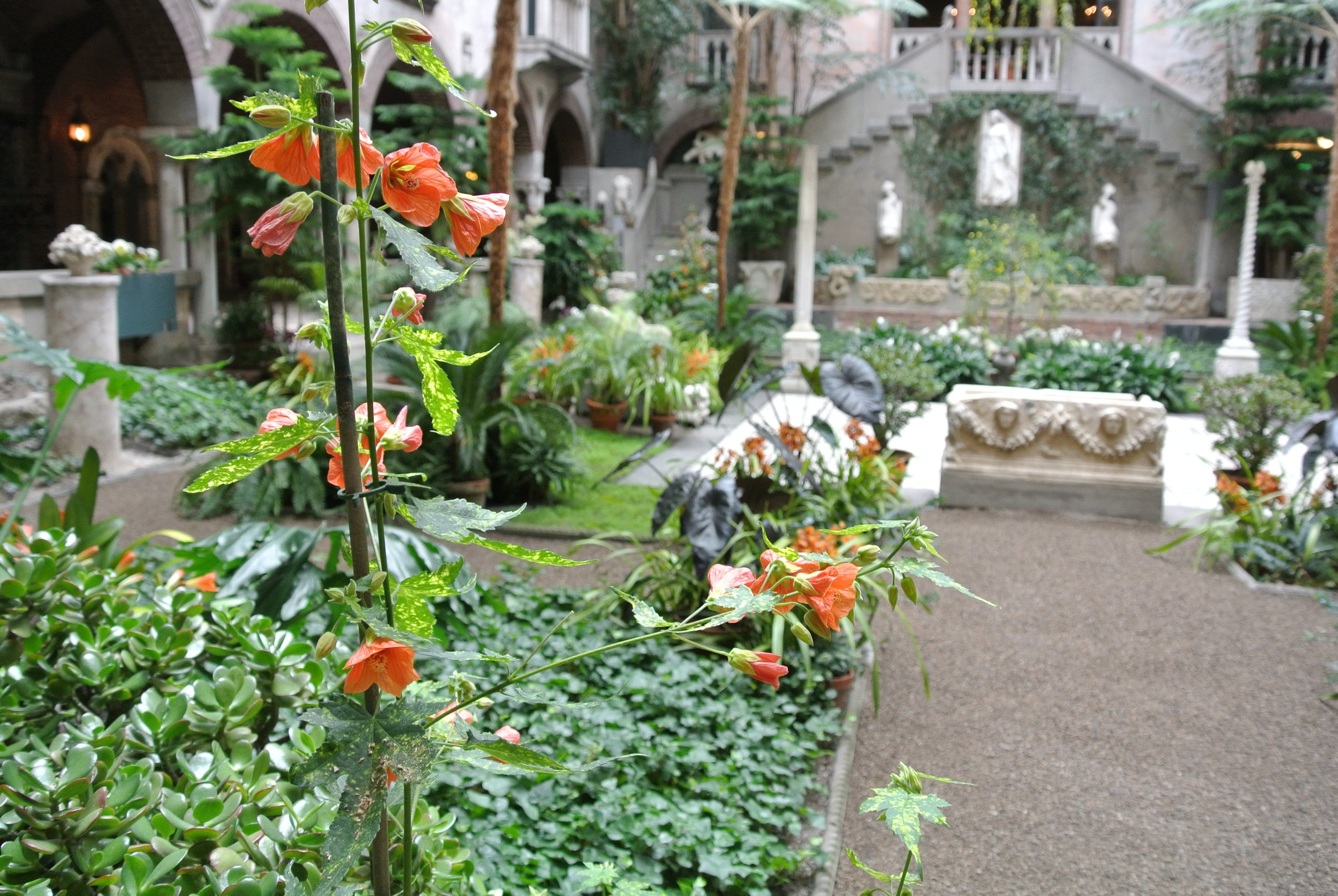

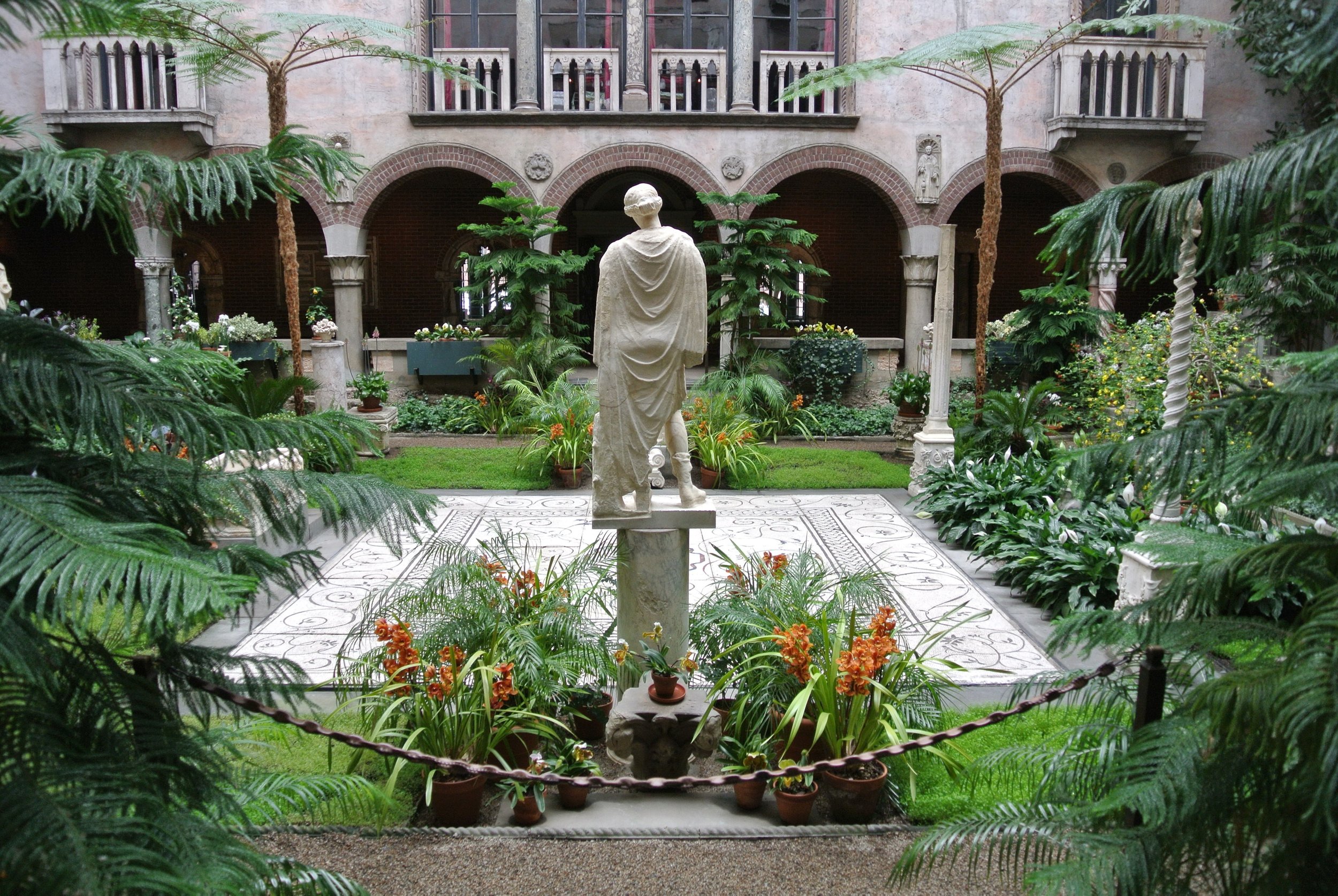

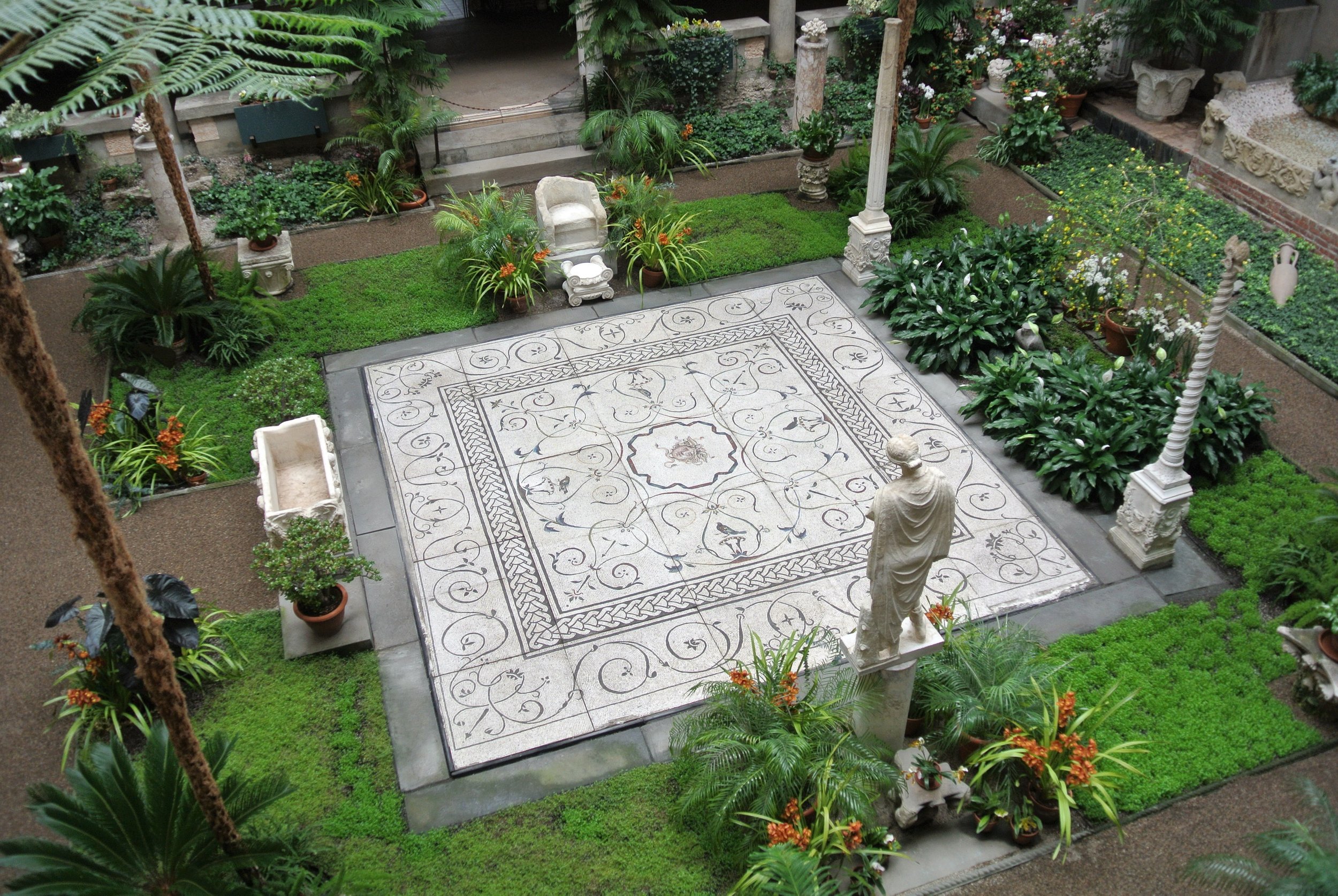
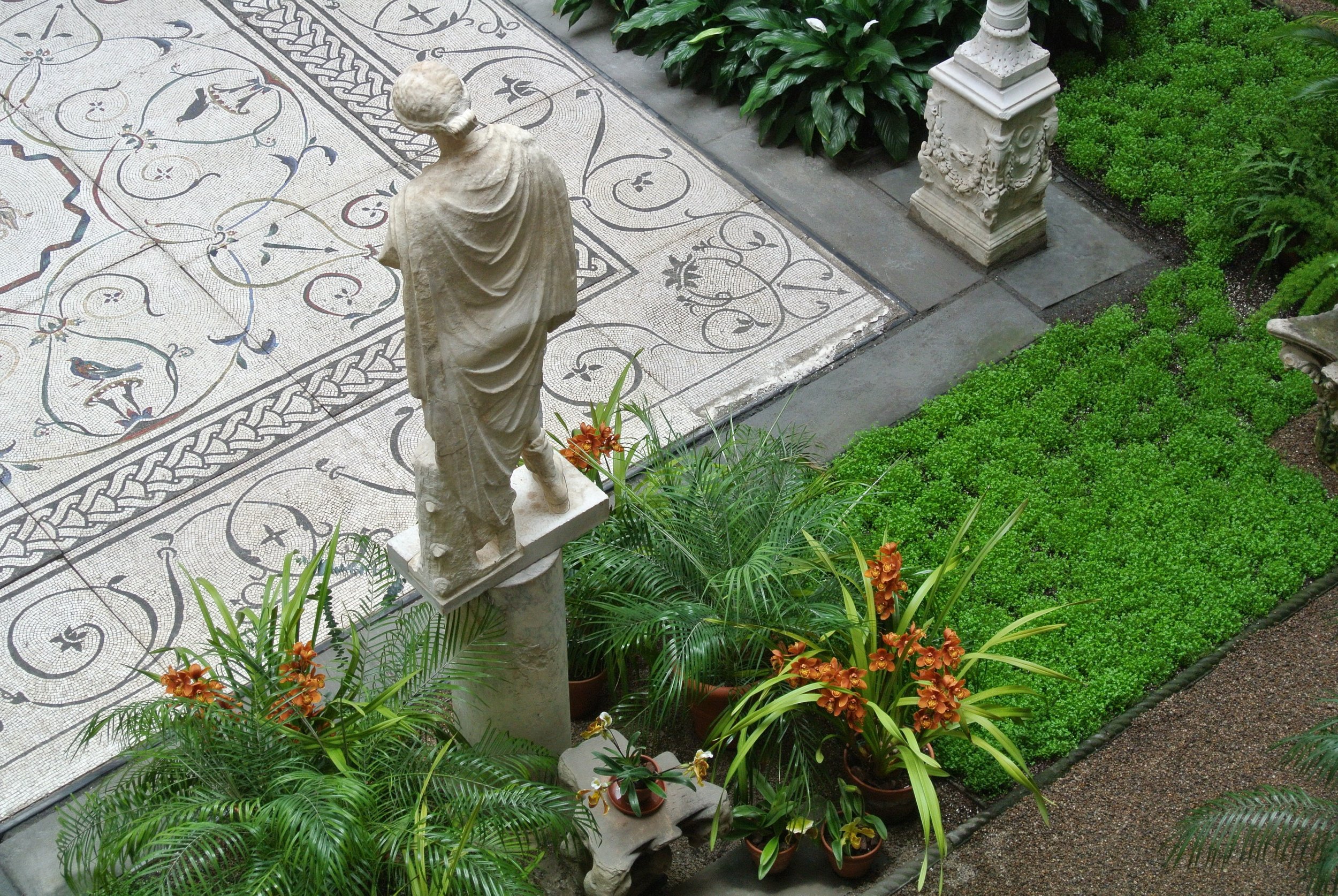
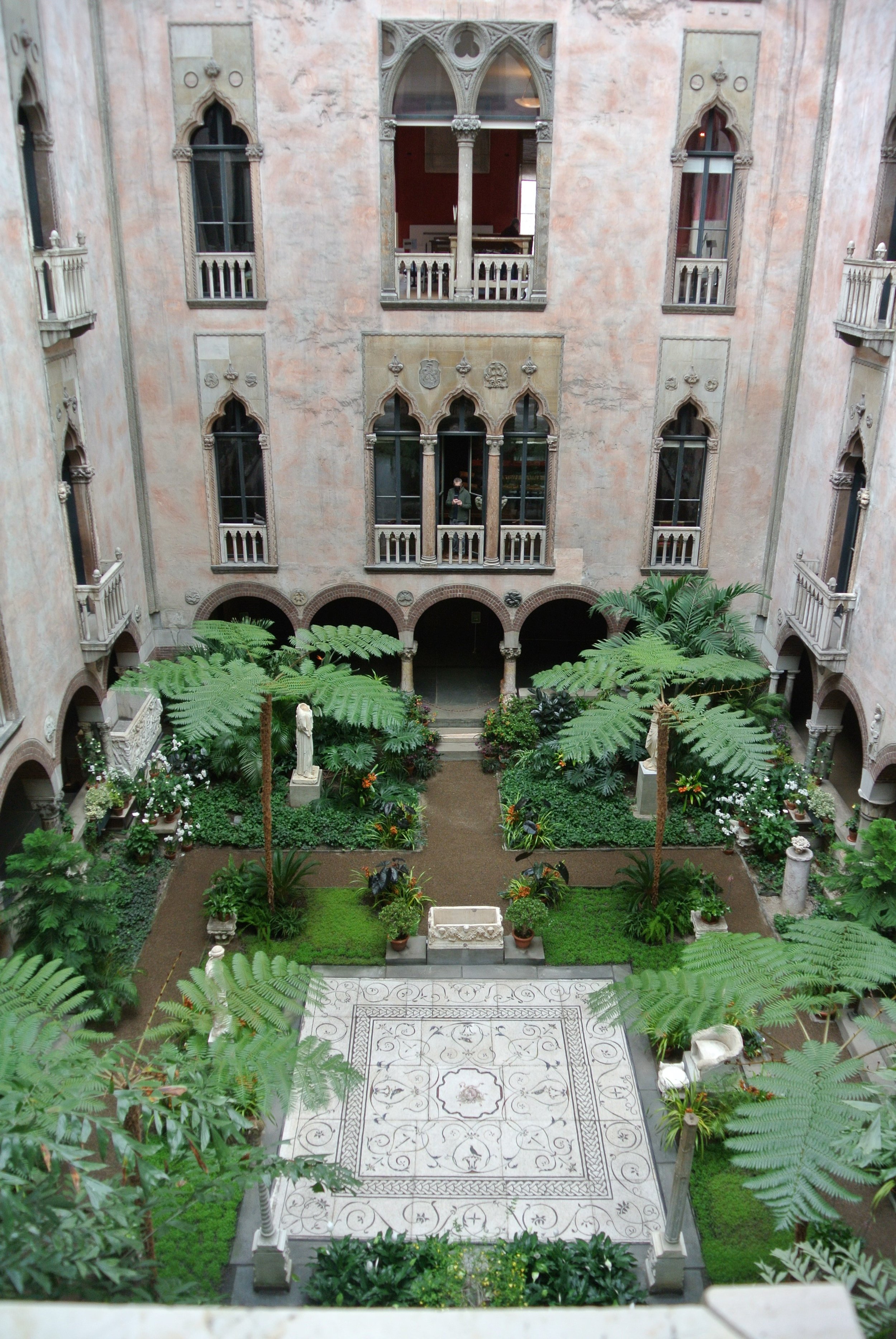
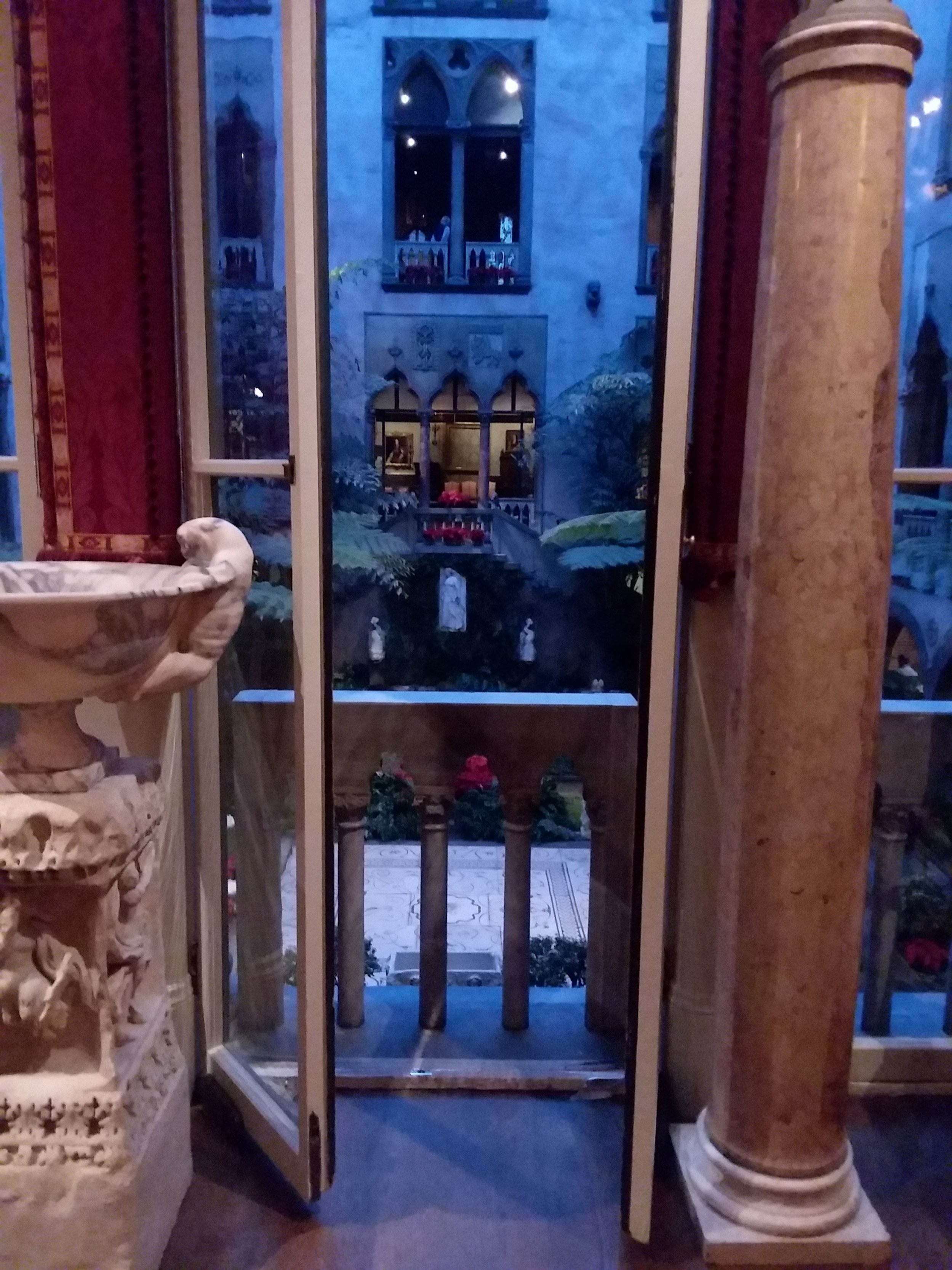
All year long it has been a place of respite, wonder, peace, and pondering.
The Work of One Woman
The Gardner is the life work of one woman, Isabella Stewart Gardner, an extraordinary individual. She created this collection and oversaw the construction of the palace built especially for her museum.
Isabella Stewart Gardner, painted by her friend Sargeant, keeps an eye on her beloved Giotto painting in the Museum’s third floor Gothic Room
And Mrs. Gardner’s Last Will and Testament exacts an iron grip on the parameters of the museum’s mission to this day.
The building was completed in 1901. Nothing in the collection can be moved from the last place she put it before her death in 1924—a serious handicap to a 21st-century living museum.
From Mrs. Gardner’s Palace, back through the glass tunnel into the new addition, designed by Renzo Piano, that serves visitors and relieves the historic palace of many previous tasks.
With the pressure of increased foot traffic and the needs of the modern visitor, the museum took one liberty. They removed the carriage house outside the palace and commissioned architect Renzo Piano to design a fitting modern addition that relieves the original building of many visitor tasks.
The spectacular addition opened in 2012, with cafe, shop, offices, concert hall, exhibition space, and a glass tunnel into the original building.
Thanks to an event there, it is also where I learned to start loving typewriters.
What is NOT there
But the Gardner is also renowned for what is not there.
The largest art heist in history took place there the night of St Patrick’s Day, 1990. It remains unsolved and is an active and ongoing investigation to this day. The reward for information leading to the recovery of all thirteen pieces has grown to ten million dollars. Among the works stolen were Vermeer’s The Concert, and three Rembrandt’s, including his only seascape, Christ in the Storm on the Sea of Galilee.
Christ in the Storm on the Sea of Galilee, Rembrandt, Public Domain
A large replica of the seascape hangs on my art studio wall, and every day I look at the face of Rembrandt who grips the rigging and, hand on head, stares out at me. Surely it is his most unusual self-portrait: the artist included himself in the boat with the twelve disciples who struggle against the storm.
Isabella cleverly hung this work opposite a somewhat cocky self-portrait of Rembrandt at age twenty-three.
Self-portrait with plumed beret, 1629, Isabella Stewart Gardner Museum, Boston
The younger Rembrandt was the turning point in collecting that convinced Mrs. Gardener she should start a museum.
The two Rembrandt’s, one confident and the other storm-tossed, had to look at each eternally across the space of the Museum’s Dutch Room until thieves took one, and almost the other.
The thieves sliced the seascape from its frame, which was found mangled on the floor. The younger portrait which was painted on a wooden panel was found removed from its place and propped nearby—the wrong way round. Was it too bulky to take with them, or did the thieves overlook it in the dark and forget it? Even those cleaning up from the heist did not spot the blank wooden back panel at first.
It was one of the only pieces of good news in the midst of a stunning crime.
Empty Frames
Because of Mrs. Gardner’s restrictive will, the empty frames of the stolen paintings remain in their prescribed places.
The frames speak silently every day, an evocative and eloquent reminder of the loss. The Museum says they are a sign of hope, waiting for their contents to return.
At the desk in my studio, I face the museum, just a short drive away, and ponder the theft and the artwork.
The empty frame of Rembrandt’s seascape, seen in its place through the door of The Dutch Room on the museum’s second floor.
The frame of the seascape, one of five in the room that stand empty. One museum guard told me of his frustration that the empty frames get more attention than the other works, pointing to the Rembrandt that survived the heist.
On the other side of the second floor, most of the other stolen works came from The Short Gallery, including sketches by Degas and a finial from this Napoleonic Flag to the left of the door to The Tapestry Room.
One more work was missing. Chez Tortoni, by Manet, hung here in the small Blue Room on the ground floor. Mysteriously it was missing even though no movement sensors were set off in that room during the heist, unlike in the Short Gallery and Dutch Room.
John Updike
In a written tribute to his editor at The New Yorker, William Maxwell, the author John Updike has this to say about the stolen paintings.
Stolen by John Updike
Please go on being yourself.
—From my last letter from William Maxwell, July 28, 2000What is it like, to be a stolen painting—
to be Rembrandt’s “Storm on the Sea of Galilee”
or “The Concert,” by Vermeer, both burglarized,
along with “Chez Tortoni” by Manet,
and some Degases, from the Isabella Stewart
Gardner Museum, in Boston, twelve years ago?Think of how bored they get, stacked
in the warehouse somewhere, say in Mattapan,
gazing at the back of the butcher paper
they are wrapped in, instead of at
the rapt glad faces of those who love art.Only criminals know where they are.
The gloom of criminality enshrouds them.
Why have we been stolen? they ask themselves.
Who has benefitted? Or do they hang
admired in some sheikh’s sandy palace,
or the vault of a mad Manila tycoon?In their captivity, they may dream of rescue
but cannot cry for help. Their paint
is inert and crackled, their linen friable.
They have one stratagem, the same old one:
to be themselves, on and on.The boat tilts frozen on the storm’s wild wave.
The concert has halted between two notes.
An interregnum, sufficiently extended,
becomes an absence. When wise
and kindly men die, who will restore
disappeared excellence to its throne?from A WILLIAM MAXWELL PORTRAIT, Memories and Appreciations
And now it is COVID-time
The gift of any museum membership is the gift of little and often.
With the year’s membership, I enjoyed frequent visits there and often took time to write: over lunch outside at the museum’s cafe, or with a notebook and ‘pencil only!’ seated on the modern bench in the Dutch Room, or on the convenient wall surrounding the magical courtyard.
Sometimes I wrote after a visit in my car nearby with the little blue typewriter.
A place to write: the bench in the Dutch Room
Over lunch at The Cafe G in the new wing.
Getting to Know Mrs. Gardner
This year I also got to know Mrs. Gardner.
Serious and playful, scandalous and demure, a collector of books, jewels, chairs, furniture, fabrics, sculpture, objects, letters—Presidential signatures and correspondence of notables across the arts—and downright knickknacks, as well as her exquisite rare art.
She collected icons of Mary, the effigy of a knight, a medieval chapel and a Spanish cloister; Chinese statues, Greek, Roman, a mosaic, a sarcophagus, along with parts of buildings that she incorporated into the structure of the palace.
Isabella Stewart Gardner in Venice, (1894), Anders Zorn - Isabella Stewart Gardner Museum, Public Domain. This portrait hangs in The Short Gallery on the second floor and witnessed the crime.
Tiles from the ground floor Spanish Cloister
She was one who befriended lion cubs and took them about in her open carriage, who traveled by elephant through the jungle in Thailand to see Angkor Watt, the first Westerner to visit there and who bandied the story about when she got home, who loved Venice, Paris, London, Egypt. She collected musicians as readily as she did art, was friends with artist Sargeant, novelist Henry James, and Australian opera singer Dame Nelly Melba. Mrs. Gardner was a fan of baseball who rooted avidly for the Red Sox.
She was also a bereaved woman, whose only child, Jackie, died at around age two; whose adopted nephew committed suicide in his 20s. Her husband Jack died suddenly of a stroke in 1898. Their joint vision of a museum was now hers to carry out and six weeks later she purchased the land in the then unfashionable and smelly swamp of Boston’s Fenway, outside the bounds of polite 19th-century society.
She was voracious, capacious, endlessly interested. She drove her carriage fast, wore outrageously large diamonds in her hair, and arranged for a boxing match in her Beacon Street parlor for the polite women of Boston. She let the scandal columns of Boston reverberate with gossip of her latest doings, rumored or real.
Is there any other museum in the world like hers?
Mrs. Gardner filled the place with music, often hosting concerts; with plants, a monthly array changing with the seasons, the same prescribed list observed even now. Anyone whose first name is Isabella gets in free. If you are wearing a Red Sox hat you get a discount.
Without Labels
Nothing but nothing is labeled. Visitors are confused, looking to read and learn.
This is not a cerebral exercise in museum visiting but a full-on experience. Isabella leads you by the hand and says, come and look. Each piece is not placed haphazardly but in a brilliant array of experience.
C’est mon plaisir was one of her mottos. It is my pleasure. The palace is for the enjoyment of the public forever.
Orchids fill the stongly lit courtyard in summer
Light on the courtyard walls in autumn
All dressed up for Christmas, the courtyard on a dark December afternoon, but brightening 2021
Whisperings in the Galleries
To me the walls of her museum reverberate with the cries of the Italien builders, Mrs. G. paying for oatmeal for the water at lunch to take out the mud, joining them to eat, showing them how to ‘age’ the plaster in the courtyard to look like ancient rain stains on a Venetian wall, the plaster beneath, the softest pink hue.
I hear Jackie her son running down the corridors that he never knew, stopping to look at the strange and the curious, playing with the Chinese roof tile dove that sits on a sill upstairs overlooking the courtyard, making friends with the fierce archangel who watches over the fireplace in the Tapestry Room.
There is also the sound of the thieves making free with the collection for 81 unfettered minutes, pulling the works they seem to have chosen beforehand—could Mrs. Gardner’s collection have had an ordinary heist?
What would she say today about this state of affairs, the failure to find her treasures?
Updike wondered what it was like to be the stolen paintings; I wonder about the paintings that remain, those who witnessed the outrage in the arced swing of flashlight beam and chaos of glass smashed and canvas ripped from frames.
What do they whisper and what do they know?
In this New Year, I will continue to ask them and to listen.
You Might Also Like
The Type Bar at the Gardner: Typewritten Letters & Vintage Stamps
Take an immersive audio walk with Anthony Amore, director of security at the Gardner who heads up the current investigation, and hear his description of the heist.